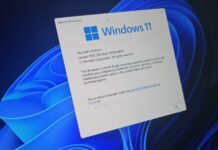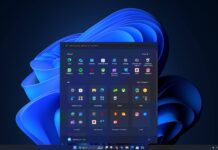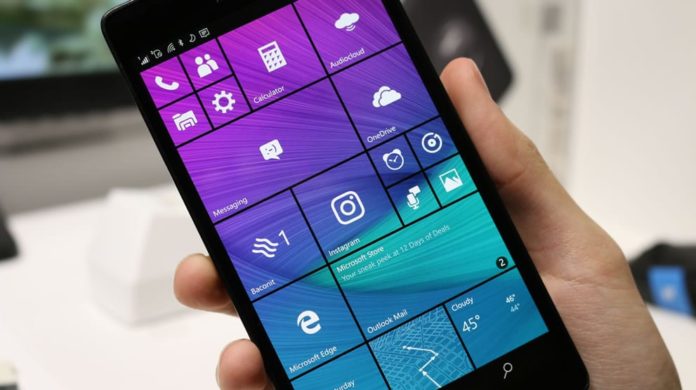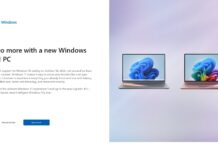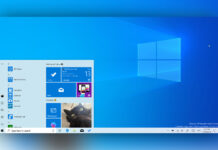It’s been two years since Microsoft launched Windows 10. With the new operating system, Microsoft added a lot of new features and also revamped the Windows Store, Windows 10’s app store. One of the key features introduced with Windows 10 is the Universal Windows Platform apps. Apps based on UWP are the apps that can be used across all compatible Windows 10 devices, thus providing a ‘universal’ experience.
Microsoft has never revealed the number of UWP based apps available on the Windows Store. At the on going IFA 2017 event, in Acer’s conference, Microsoft’s manager Peter Han has revealed that there are over 20,000 UWP apps on the Windows Store.
It goes without saying that Microsoft failed to encourage the developers to build UWP apps. The app gap is one of the reasons behind Windows Phone’s failure. Although Microsoft expected to fill the gap with UWP apps, it seems the universal app strategy failed.
Steve Ballmer may not be running Microsoft anymore but he was sure that Universal apps won’t work after all. “Nadella responded by citing the company’s plan to appeal to Windows developers by allowing them to write universal applications that work on computers, phones and tablets, targeting a larger array of devices than just Microsoft’s handsets that have just a single-digit share of the mobile market. “That won’t work,” Ballmer commented as Nadella spoke. Instead, the company needs to enable Windows Phones “to run Android apps,” he told Bloomberg.”
The concept of universal apps is great when apps are actually ‘universal’. For example, Netflix for Windows 10 is promoted as a universal app but is not available on mobile, they have a separate app for Windows Phones. Do you think Microsoft’s Universal Windows Platform failed to impress the developers?


